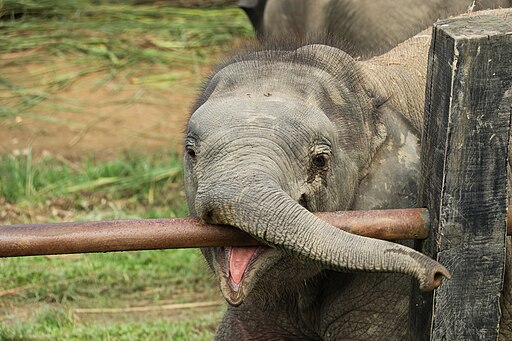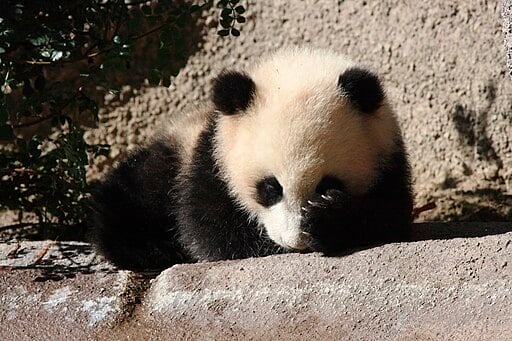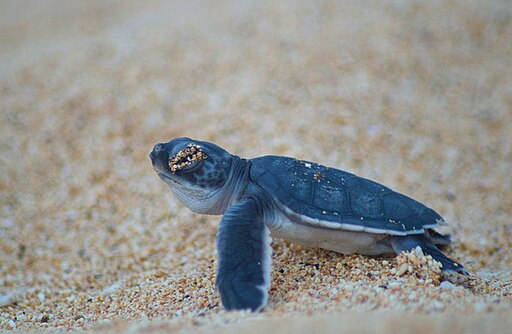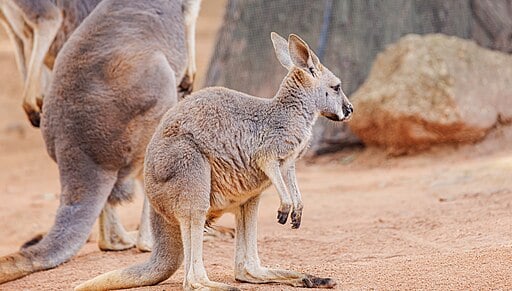Within the animal kingdom, births can be as mesmerizing and diverse as the creatures themselves. From the gentle nudge of a newborn giraffe standing tall to the tiny miracle of a delicate sea turtle hatchling making its way to the ocean, the variety of birth processes is both enchanting and educational. In this exploration, we delve into the world of eight adorable baby animals, unveiling fascinating facts about their remarkable births.
African Elephant Calves

The birth of an African elephant calf is a monumental occasion, both literally and figuratively. Elephants have one of the longest gestation periods in the animal kingdom, lasting approximately 22 months. This extended development period allows the calves to be born relatively mature, weighing around 220 pounds and standing about 3 feet tall. Remarkably, elephant calves are capable of standing and walking just a few hours after birth, an essential adaptation for keeping up with the protective herd.
Giraffe Calves

Giraffe calves have an extraordinary entry into the world, quite literally. Born after a gestation period of about 15 months, giraffe calves experience a six-foot drop from the mother’s womb to the ground. While this may seem harsh, this first ‘fall’ helps break the umbilical cord and stimulates the calf’s first breaths. Weighing roughly 100 to 150 pounds at birth, these calves are already well on their way to gaining the height that is characteristic of their species.
Panda Cubs

The birth of a panda cub is a rare and delicate event. Panda pregnancies can vary in length due to delayed implantation, often lasting between 3 to 5 months. At birth, panda cubs are strikingly tiny, weighing about 3 to 5 ounces, which is roughly 1/900th of their mother’s weight. Their vulnerability at birth makes them heavily reliant on maternal care. The mother panda is incredibly attentive, cradling her newborn constantly, fostering a unique bond during these initial months.
Sea Turtle Hatchlings

The journey of sea turtle hatchlings from sandy nests to ocean waves is one fraught with challenges and marvels. After a roughly two-month incubation period, hundreds of hatchlings emerge from their sandy nests, primarily guided by moonlight or starlight to the sea. This perilous journey is fraught with natural predators, yet the sheer number of hatchlings ensures that some will survive to adulthood. Sea turtles demonstrate an incredible homing instinct, often returning to lay their eggs on the very beach they were born.
Kangaroo Joeys

Kangaroo births are a testament to the wonders of marsupial reproduction. After a brief gestation of just 30 to 36 days, a tiny, underdeveloped joey makes its way to the mother’s pouch. This journey is critical, as the newborn, roughly the size of a jellybean, lacks developed eyes, ears, or hindquarters. Safely in the pouch, the joey attaches to a teat and continues development for several months, eventually poking its head out to explore the world.
Penguin Chicks

The birth of a penguin chick, particularly among emperor penguins, is a display of parental teamwork and endurance. After the female lays a single egg, it is transferred to the male, who incubates it on his feet under a brood pouch for approximately 65 days. During this time, the male fasts in the frigid Antarctic weather, while the female returns from feeding at sea just in time for the chick’s hatching. This cooperative parenting ensures the chick is nurtured in a harsh environment.
Platypus Hatchlings

The platypus might be one of nature’s most peculiar brooding iconic egg-laying mammals. Platypus females incubate their eggs by curling their bodies around them, hatching takes about ten days. The newborns, tiny and vulnerable, stay nestled in the burrow for several months, nursing on their mother’s nutrient-rich milk. Interestingly, platypus mothers possess no teats—instead, milk is secreted through openings in the skin and collected by young directly from the mother’s belly.
Red Kangaroo Joeys

The birth of a red kangaroo joey shares similarities with that of other marsupials but with unique elements due to its vast desert environment. Born after a short gestation of about 33 days, the tiny joey embarks on an upward climb to the pouch. Once inside, it latches onto a teat to continue development. Even as it grows, the joey remains closely tied to the pouch, venturing out only when environmental conditions are safe, ensuring survival in a harsh landscape.
Conclusion

The animal world is replete with a diversity of birthing processes that highlight nature’s intricate designs and the resilience of life. From the dramatic beginnings of a giraffe calf to the delicate perseverance of a sea turtle hatchling, these animal births offer a glimpse into the complexities of survival and adaptation. Each story of birth in the animal kingdom enriches our understanding of life’s marvels, inspiring appreciation for the delicate balance of nature.
- The Most Venomous Animal Isn’t a Snake—It’s Something Smaller - August 20, 2025
- The Slowest Animal in the World Moves at This Shocking Speed - August 20, 2025
- Do Sharks Really Have to Keep Swimming to Stay Alive? The Truth Revealed - August 19, 2025

